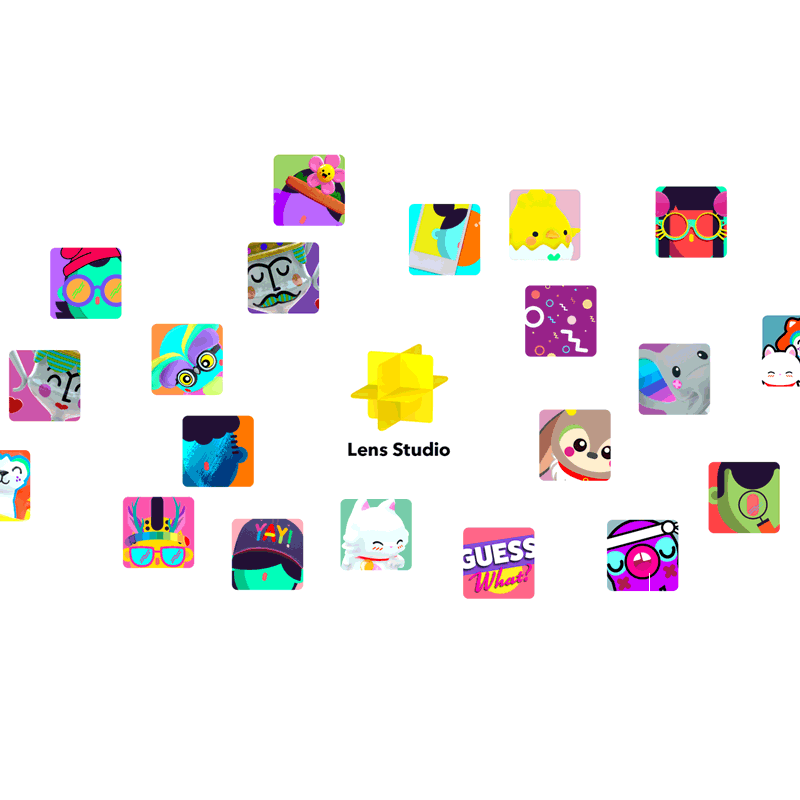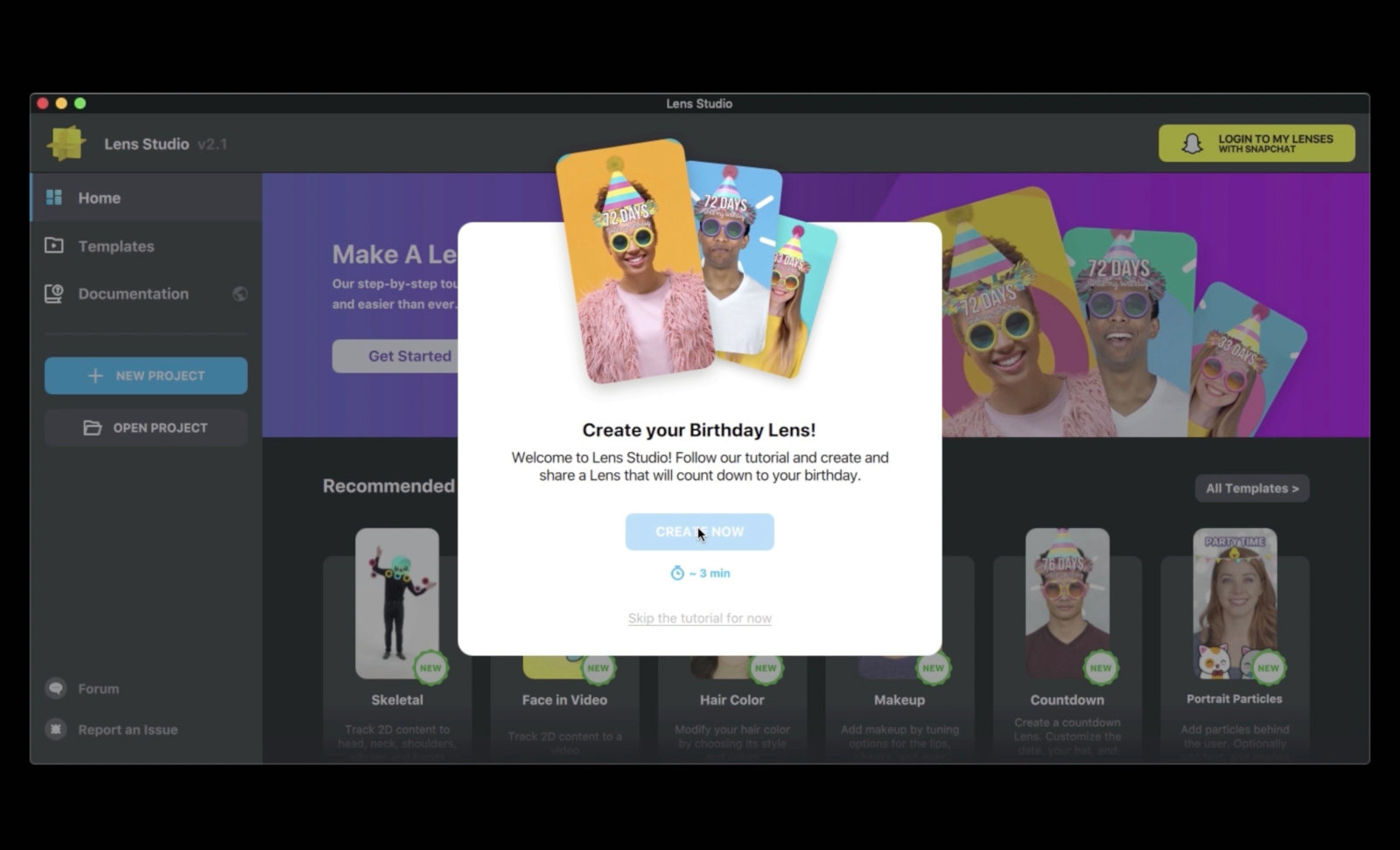
Snapchat by Snap, Inc. is the underdog of social media and messaging app, if compared to Instagram and other Facebook properties.
But putting that aside, Snapchat has advantages in AR, considering that it has a massive and engaging communities who are actively populating its Lenses.
And with Lens Studio AR creation platform, Snapchat leveraged that fact by allowing users to create their own unique AR experiences.
Here, the company has updated the platform to ease even the most novice creators to build their own Snapchat AR experiences. And for advanced creators, they too should benefit from this expanded tools and Lens functionalities.
First of all, when users are creating a Lens within the platform, Snap has added a interactive tour element to guide them through each step of the process.
The prompts can lead users through each elements, allowing them to be familiar with its capabilities.
By following the steps, anyone should be able to create their own Snap Lens in a breeze, based on the available templates.

Snapchat has previously noted that, within the first year of enabling users to build their own AR effects, Snapchat has received more than 250,000 individual Lenses submitted by creators, which were collectively viewed more than 15 billion times.
Instagram has its own variations of Lens Studio, called Spark AR, which also has the same creative capacity. So here, it makes sense for Snap to expand its capacity further to make sure that it's still ahead of the competition.
This should also help Snap in recruiting even more creators.
In addition to simplifying the Lens creation process, Snap has also added 6 AR templates that include:
- Skeletal: - Tracks 2D images to heads, necks, shoulders, elbows, and hands.
- Face In Video: Track users' face onto a video.
- Hair Color: Modify users' hair color with fresh styles and tones from root to tip.
- Make-up: Put AR lip gloss, blush, eyeshadow and more to users' face.
- Countdown: Create Lenses that count down to specific dates and add celebratory 3D hats and glasses.
- Portrait Particles: To add customized particles that segment behind the user’s head, with decorated headers, footers, and post-effects.

Then there are 14 Landmarker locations for AR creators to experiment with. They include:
- Arc de Triomphe - Paris, France.
- Astronomical Clock - Prague, Czech Republic.
- Brandenburg Gate - Berlin, Germany.
- El Castillo - Chichen Itza, Mexico.
- Galata Tower - Istanbul, Turkey.
- Gateway of India - Mumbai, India.
- Leaning Tower of Pisa - Pisa, Italy.
- Natural History Museum - London, UK.
- Neues Rathaus - Munich, Germany.
- Qasr Al-Farid - Mada'in Saleh, Saudi Arabia.
- Great Sphinx of Giza - Giza, Egypt.
- Statue of Liberty - New York, U.S..
- Taj Mahal - Agra, India.
- Tower Bridge - London, UK.
It's worth noting that two of the above locations are in India, the country where Snap previously experienced difficulties in getting traction.
The two updates should allow Snapchat users the ability to build their own experienced, and further connect themselves with the people they love with the app.
Instagram has lot more users, which should provide AR creator the ability to showcase their creations to a lot more people. But Snapchat is unique in its own way, as it excels in facilitating more engagement and fostering community connection.
And the updates should allow the social media app to lead the competition.